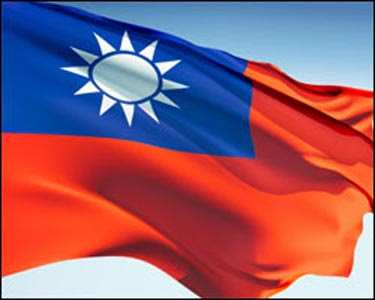For the last several weeks, my wife and I have been trying to schedule a
family trip to The North Coast of Taiwan, but we had encountered a number of
obstacles. The first obstacle was a
typhoon that was scheduled to impact the Northern Area of Taiwan. The second was that we are the parents of
teenage girls, who have actual lives; they were involved in a number of little
trips and adventures on their own. We've lived on the island for two years and have done very little in the way of
seeing the island because we've been busy with work and all that we do.
But finally, our schedules came together and we loaded up our daughters,
our little dog and our two charges, (my wife baby-sits) and took a road trip to
the northern beach cities. Our intended
destination was Fu Long Beach, the famous site of the Hohaiyan Rock Festival in
the Gongliao District. But
unfortunately, I couldn’t handle the arching bridge that connects the beach to
the landmass. Almost 30 years of Muscular Dystrophy makes some things difficult, but undaunted we changed
direction and headed back towards Taipei, where we landed At Yen Liao Beach
Park.
Yen Liao Beach Park is a beautiful Sandy beach about three and a half kilometers west of
Fulong beach. But it’s not all about
sand and beach. Located on the site is
an ancient building, a coffee shop, pool, children’s water park, and a second
floor patio over the coffee shop to see the ocean, without getting sand in your
shoes. There is an admission into the
park, but off-season, it’s only $60 NTD (about $2.00 USD). We picked an interesting time to visit, as
Typhoon Roke churned, north of Taiwan on its way to Japan. The result was some of the biggest surf I’ve
seen in a while.
A typically nice Taiwanese woman ran the coffee shop. We were really the only people there at the
time and she was kind and gracious, the only problem being that she added ten
years to my age and gave me the senior discount, so much for my idea that I
still look young and dashing. In my
mind, I’m still in my twenties but apparently I look a bit older than that.
The drive from Taoyuan City took about an hour, but we went on a Monday
after the rush hour traffic to Taipei had dwindled away. So we traveled smoothly and quickly, north
on the #1 National Freeway, north on 62 and east along the coast on Scenic Highway 2. The scenery on the 2 was breathtaking at
some points. Huge surf smashing on the
rocks and surf breaks; Shear cliffs right down to the road and in some cases to
the Sea itself. There were small
fishing villages along the road with fishing boats tied up in the harbor and a
number of scenic overlooks that looked over the more impressive, and beautiful
parts of the coastline.
We thoroughly enjoyed the day’s outing, my daughter declaring, “This is
the best day I’ve had since we’ve been in Taiwan.” My wife and I vowed that we would embark on other Monday trips,
now that we’ve seen it’s possible and even delightful to take the little ones
and teenagers with us. If you're planning to drive around in the scenic areas of Taiwan and can do it, I would recommend going on a weekday, while everyone is at school or work. This same drive would have taken probably two, possibly three hours each way on Saturday or Sunday. Fulong Beach can easily be reached on Taiwan's excellent rail system, it's about an hour and a half from Taoyuan City to Fulong on the train, even on a weekend day.
| Gratuitous Cute Puppy Picture to boost readership. Charlie Wang, named after the tea "Cha Li Wang" |
| Note the glass floats across the top of the boat. |
Yen Liao Beach Park
Photos by Chris, Brenda, Elizabeth and Emily Banducci
Other posts you may be interested in:


